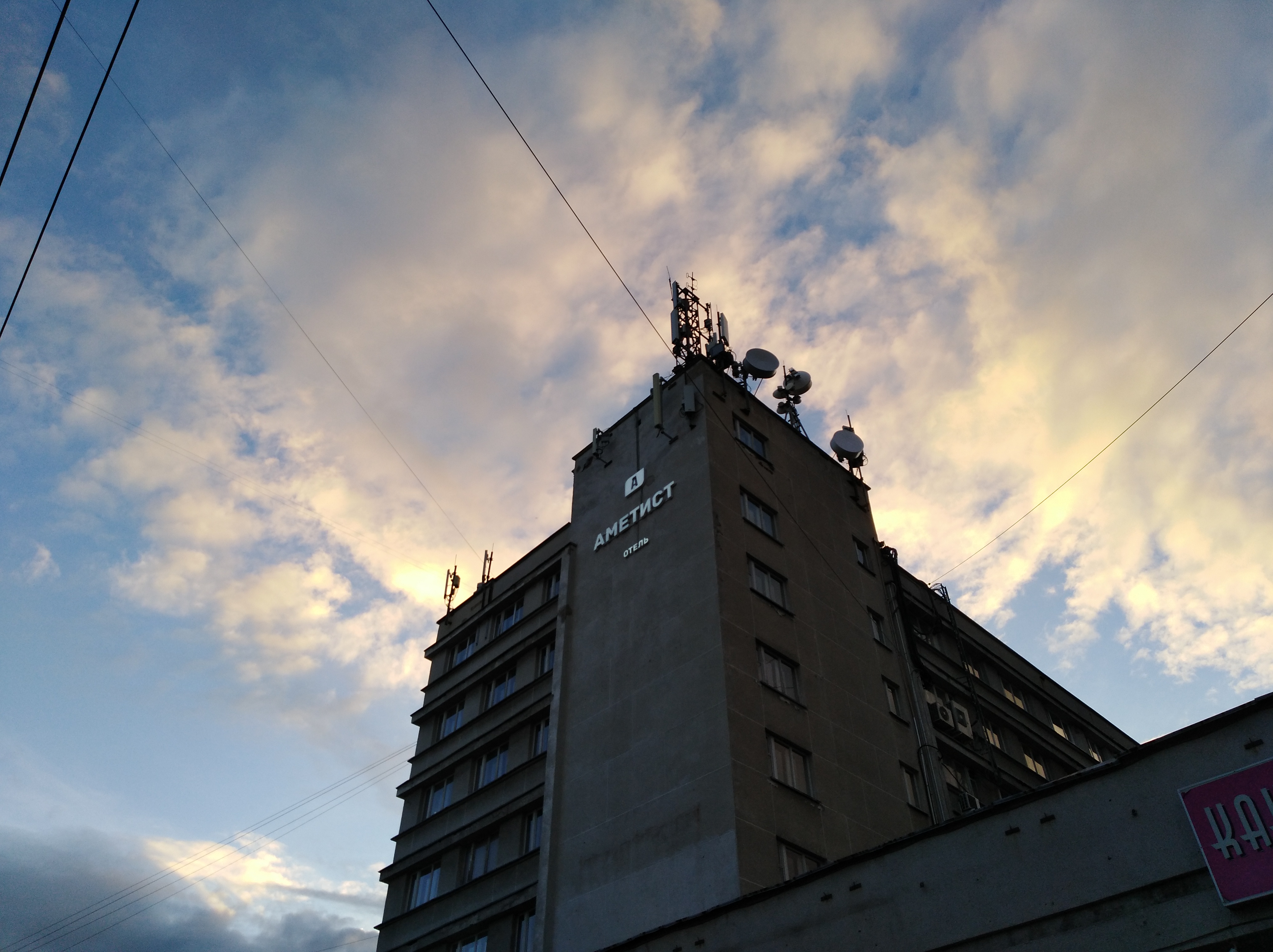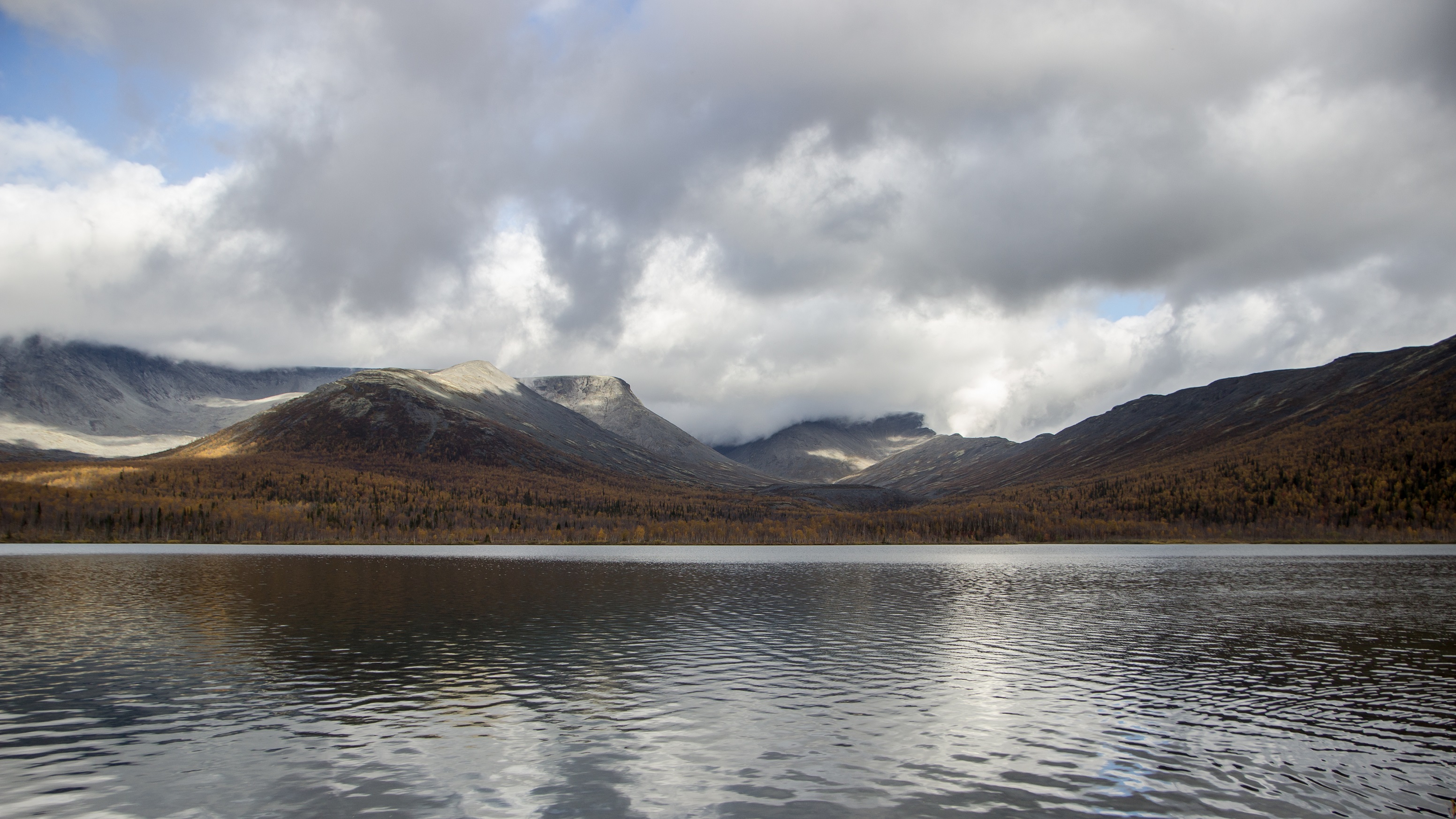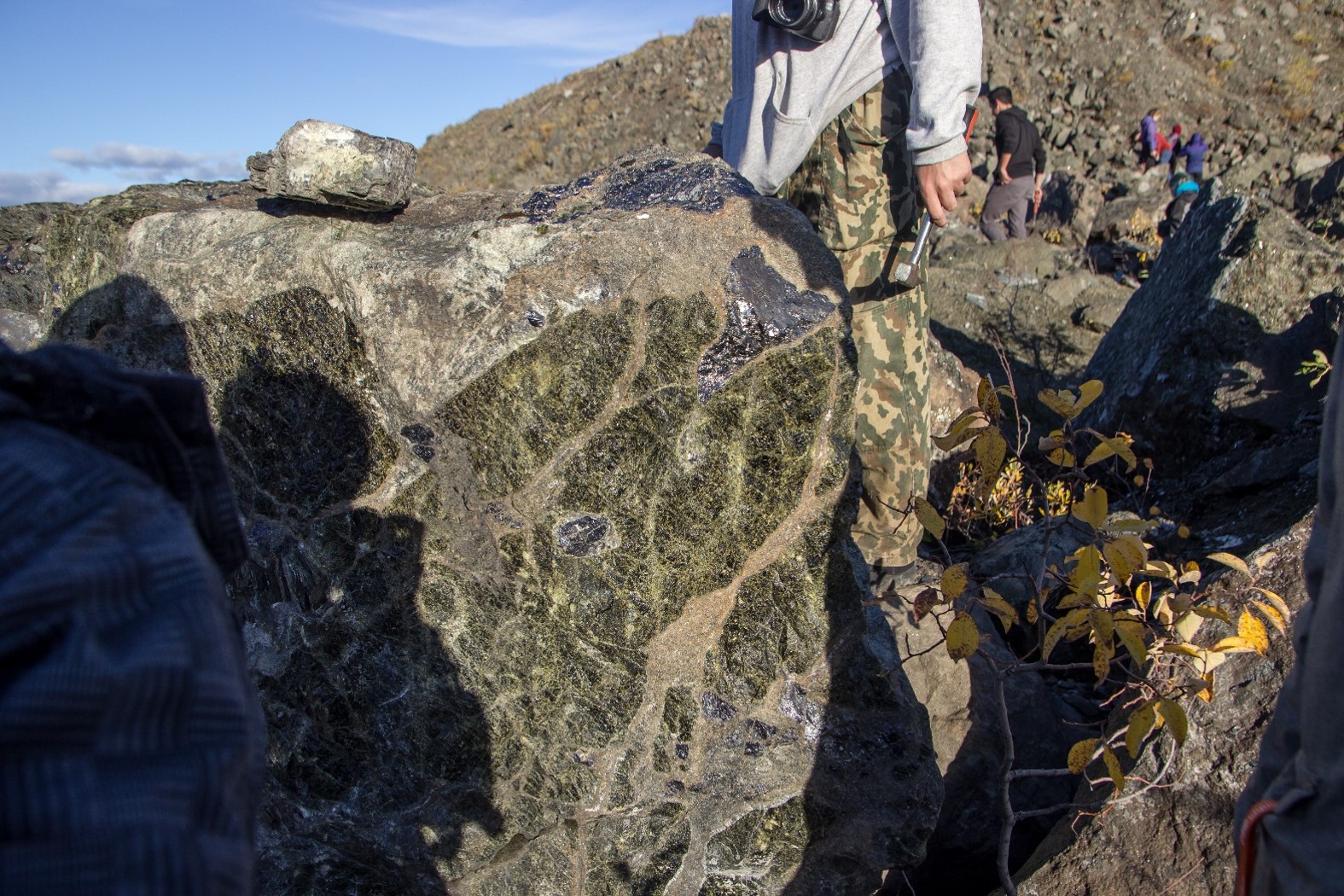Kola Peninsula trip 2018
The North-West Russian SGA Student Chapter organized a week long trip through the Kola Peninsula, from 15-20 September 2018, and they kindly invited other chapters to participate in the excursion. 6 Baltic SGA Student Chapter members (3 from Poland and 3 from Finland) took part in this memorable event.

The Kola Peninsula is a unique region with vibrant geography and amazing geology, which is represented by alkaline, ultramafic and metamorphic rocks. The purpose of the trip was to learn about the geology of the peninsula and its main kind of ore deposits. This trip included visits to several locations in the west part of the peninsula: Khibiny Mountains, Kovdor mine and the Monchegorsk layered intrusion.
Khibiny Mountains
The Khibiny Mountains have a circular-type structure. The massif represents a suite of magmatic rocks comprised of alkaline rocks, noted for more than 100 unique minerals found here. For a long time, different minerals have been mined here, such as apatite, nepheline, mica, iron ore, copper, nickel and construction materials.

Our visit to Khibiny Mountains was divided into two days. Excursions took place in the area of Lake Small Vudyavr and the spurs of Mount Takhtarvumchorr on 15 September and in the area of the Blue Lakes and Pyrrhotite gorge on 16 September. Our guides were the geologists of the Kola Science Center, thanks to them we learned many interesting facts about the geology of the Khibiny Mountains and the history of its development.
The third day we visited the Museum of Geology and Mineralogy, where we saw rocks from the Kola superdeep bo-rehole. Then we went to the Geological Institute of Kola Science Centre RAS, where we visited Mineralogical Museum n.a. Belkov I.V. and research laboratories.
Kovdor
The Kovdor massif has a special place among ultrabasic, alkaline rocks and carbonatites and is one of the most interesting places not only on the Kola peninsula, but also in the world. On this excursion, we visited three different types of deposits: vermiculite and phlogopite deposits on the flanks of intrusion and iron ore deposit at the bottom of the quarry.

Monchegorsk
On the last day of the geological tour, we visited the Monchegorsk layered intrusion containing platinum group elements (PGE), Ni, Cu and Cr mineralization. The U-Pb age of the pluton is 2,509-2,487 Ma. The intrusion is connected with Archean metamorphic rocks in the north and Paleoproterozoic rocks of the intercontinental Imandra-Varzuga rift structure (IVS) in the south. Our group of stu-dents visited several different types of mineralization. They are: low sul-fide PGE minerali-zation in “330 ho-rizon”; sulfide ores with rich concen-trations of PGE in NKT massif; chro-mite mineralization in Dunite Block and Cu-Ni-sulfide mineralization.
More
Gallery
We would like to express our gratitute to North-West Russian SGA Student Chapter, especially to Olga and Eugeny for organizing an amazing trip and inviting us to join. спасибо!
